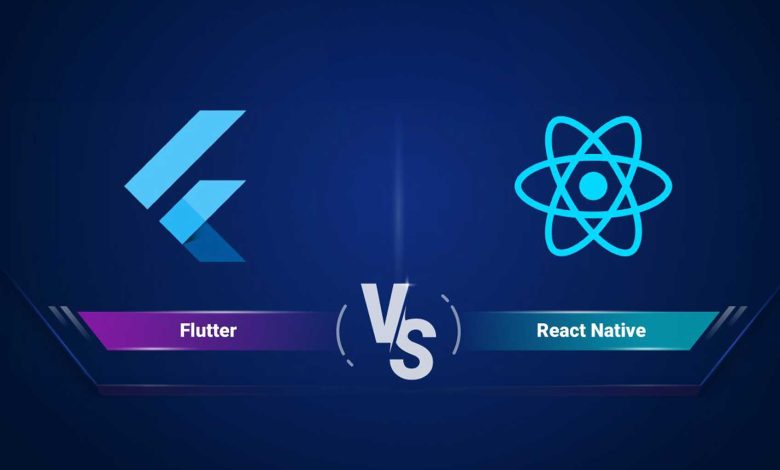React Native vs Flutter: A Detailed Comparison

Cross-platform development has become essential in mobile app development. Two of the most popular frameworks today are React Native (by Facebook) and Flutter (by Google). Both allow developers to build apps for iOS and Android using a single codebase, but they differ in architecture, performance, and ecosystem.
In this article, we’ll provide a detailed comparison of React Native and Flutter to help you choose the best framework for your project.
1. Overview of React Native and Flutter
React Native:
- Uses JavaScript and React framework.
- Provides a bridge to native components.
- Supports hot reload for fast development.
Flutter:
- Uses Dart language.
- Compiles directly to native ARM code.
- Offers a rich widget library and consistent UI across platforms.
2. Performance Comparison
- React Native: Relies on a JavaScript bridge → may introduce performance overhead for complex UIs.
- Flutter: Compiles to native code → smoother animations and better performance for graphics-intensive apps.
✅ Rule of thumb: For apps with heavy UI and animations, Flutter often has an edge.
3. Development Experience
| Feature | React Native | Flutter |
|---|---|---|
| Language | JavaScript / TypeScript | Dart |
| Hot Reload | Yes | Yes |
| Learning Curve | Easier for JS developers | Slightly steeper (Dart) |
| UI Customization | Limited by native widgets | Full control with custom widgets |
| Community Support | Large & mature | Growing rapidly |
4. UI Components and Styling
- React Native: Uses native components → looks consistent with platform UI. Requires third-party libraries for advanced widgets.
- Flutter: Comes with built-in widgets → consistent look across platforms, highly customizable.
Example:
-
Flutter:
MaterialApp,Scaffold,Container - React Native:
View,Text,Button
5. Ecosystem and Libraries
- React Native: Large number of third-party libraries, easier to find solutions for common tasks.
- Flutter: Rapidly growing ecosystem, but fewer mature libraries compared to React Native.
6. Community and Support
- React Native: Established since 2015, huge community, lots of tutorials, forums, and Stack Overflow resources.
- Flutter: Growing community since 2017, Google support, increasing number of tutorials, especially for beginners.
7. Development Tools and IDEs
- React Native: Works with any JS editor, but mostly used with VS Code.
- Flutter: Best integrated with Android Studio or VS Code, offers Flutter Inspector for UI debugging.
8. Learning Curve and Developer Productivity
- React Native → easier for web developers familiar with React and JavaScript.
- Flutter → requires learning Dart, but comes with a single, consistent widget system.
9. Platform Integration
- React Native → requires native modules for some platform-specific features.
- Flutter → integrates directly with platform channels, allows full native functionality.
10. Choosing the Right Framework
Choose React Native if:
- Your team is skilled in JavaScript/React.
- You want access to a mature ecosystem.
- You need faster onboarding for web developers.
Choose Flutter if:
- You want consistent UI across platforms.
- Performance and smooth animations are critical.
- You are starting a new project from scratch and targeting modern devices.
Hybrid approach: React Native can be integrated into existing native apps; Flutter is better for fully new projects.
Conclusion
Both React Native and Flutter have unique advantages. React Native excels in developer familiarity and ecosystem, while Flutter shines in performance and UI consistency. The choice depends on your project requirements, team expertise, and long-term maintenance goals.
By understanding the differences, developers can make informed decisions to deliver high-quality, cross-platform apps efficiently.

